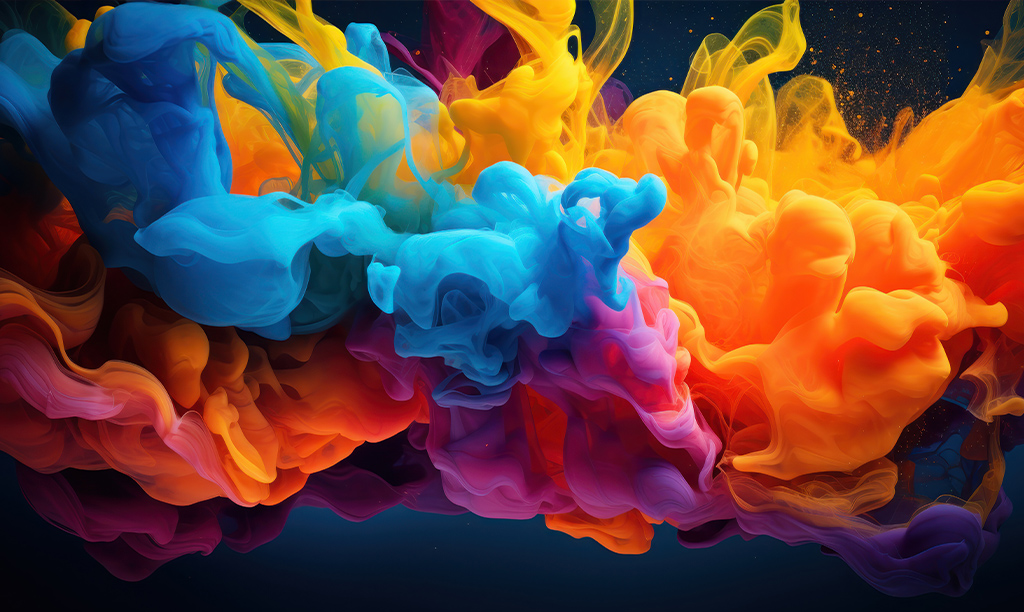Whiplash Team / Francesca Cordido, December 9th 2023
The impact of AI on graphic design: a visual revolution
Artificial Intelligence (AI) has emerged as one of the most significant technological advancements in recent years and has had a profound impact on graphic design. The machines’ ability to learn and adapt has transformed the creative process and the traditional role of graphic designers.
The democratization of Artificial Intelligence tools, such as OpenAI’s ChatGPT, accessible to everyone, has marked a new milestone in the so-called Technological Revolution. In graphic design, for example, the year 2022 represented a quantum leap due to the proliferation of AI-generated images.
Technologies like DALL-E-2 and DALL-E-3 (from OpenAI, the same creators as ChatGPT), Midjourney, Stable Diffusion, and Adobe Firefly accelerated the process, challenging human visual perception. In less than a year and a half, these models evolved towards hyper-realistic results, challenging even the most trained eyes and blurring the line between traditional art and AI-generated art.
A matter for debate
This phenomenon has transformed creative processes in various fields, sparking a heated debate in the graphic design arena about copyright and intellectual property rights. Questions such as, to what extent are these AI creations susceptible to legal protection? Or who is the true creator when the line between the human and the artificial becomes blurred? are on the table.
But that’s not all. It has also raised growing concerns about the potential reduction in demand for human graphic designers and the possible standardization of graphic design.
Some experts, like Lucas Antón Pastur Romay, Manager of Data Scientist – Generative AI at Mango, argue that AI will not replace human creativity. On the contrary, AI is a tool that expands our creative capabilities. He points out that these AIs not only generate images but also facilitate ideas, accelerating the gestation of refined concepts by creative teams.
AI in graphic design
Automating repetitive and tedious tasks is one of AI’s contributions to graphic design, allowing designers to generate simple design elements efficiently. This frees up time and resources for more creative and strategic tasks such as conceptualization and planning.
On the other hand, the analytical capacity of AI algorithms has opened up new avenues in graphic design by identifying trends and patterns from large datasets. This valuable information inspires new ideas and approaches, especially in product and service design, where image consistency is crucial.
In web and UX design, AI offers interesting opportunities for personalization by analyzing user data to create designs tailored to individual preferences and needs. This is evident in e-commerce websites where the interface adjusts based on user interests.
It is a tool, not a substitute
Despite the efficiency with which artificial intelligence can generate visual content, the role of the designer remains relevant. Designers deploy their expertise and creativity to convey effective messages and establish emotional connections with the target audience.
Skills such as aesthetic decision-making, understanding context, and creative concepts have not yet been fully replicated by artificial intelligence. Unlike AI, a designer can approach new or unexpected situations with flexibility.
The designer retains the ability to infuse their perspective and ensure aesthetic and conceptual cohesion. Although artificial intelligence can be a powerful tool to streamline and perfect the design process, human talent and vision remain indispensable for achieving optimal results.




